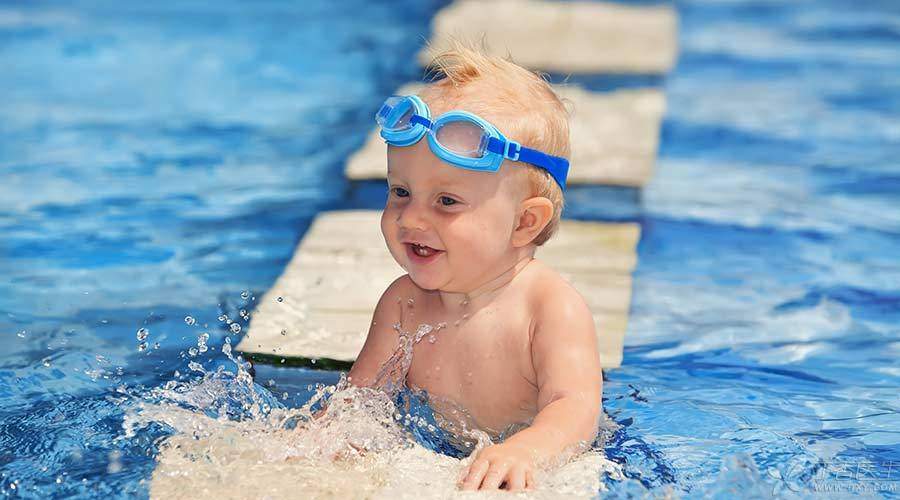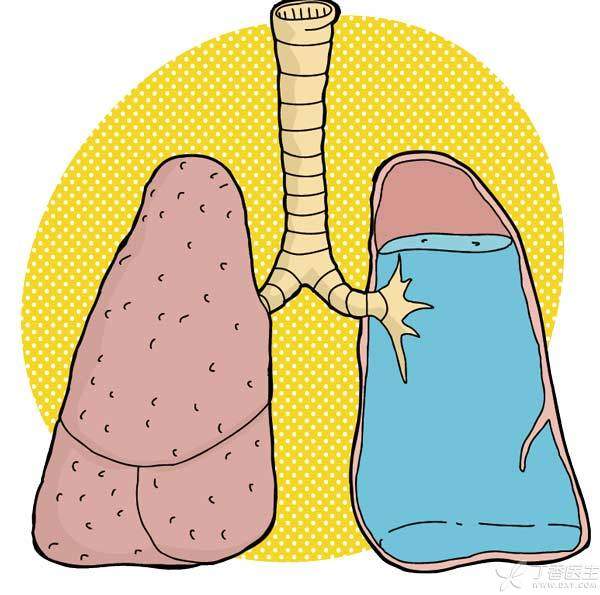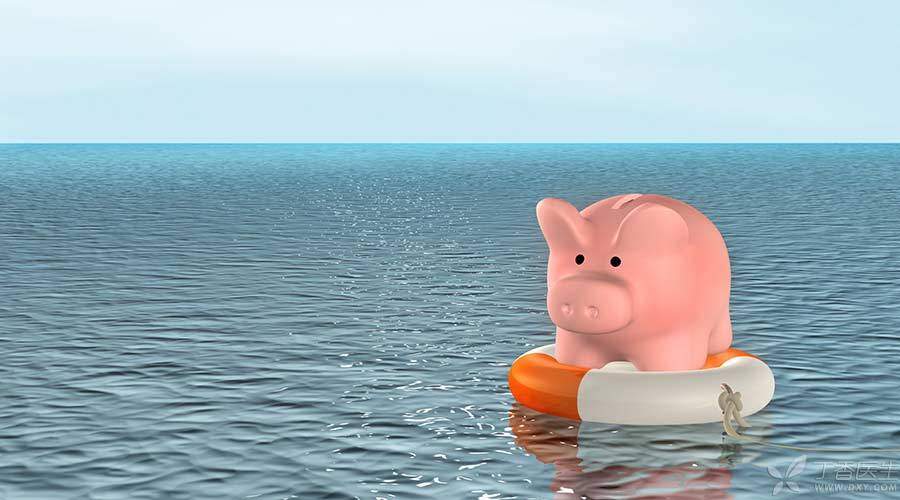
Perhaps you, like most parents, feel that once your child comes out of the water, there is no risk of drowning.
But in fact, you are wrong.
A few hours after the child has finished swimming, it is still possible to have [dry drowning] or [secondary drowning].
We will give a brief introduction to these two situations, hoping that parents can be more vigilant.
Why do you drown when you get out of the water?
[Drowning] generally refers to water entering the respiratory tract, causing dyspnea.
Most drowning occurs when the respiratory tract is flooded, but the two kinds of drowning to be mentioned today often occur when the water is choked during swimming but nothing happens, after coming out of the water, and even after the child chokes after drinking water.
Children are more likely to suffer from [dry drowning] or [secondary drowning] than adults, because children are relatively small in size and have relatively smaller respiratory tract and lungs.
It is conceivable that if the respiratory tract enters the same amount of water, the impact on children will definitely be greater than that of adults.
However, it is gratifying that both kinds of drowning are relatively rare, accounting for only 1% ~ 2% of all drowning incidents.
Is what [Dry Drowning]?
If water enters the child’s respiratory tract, flows to the throat and stimulates the throat, it will cause and choke water.
This will cause the child to suffer from laryngeal spasm. Severe contraction of throat muscles will lead to closure of glottis and airway.
As a result, the airway is blocked, the air cannot reach the lungs, and the child will have difficulty breathing and even suffocate.
This kind of situation usually occurs when children play in the water, but don’t be careless.
If a small amount of water did not cause severe cough at that time, but slowly flowed to the throat after the child came out of the water, then even if the child had already come out of the water, this dangerous situation might still occur.

Is what [secondary drowning]?
Looking at the name, one can probably guess that [secondary drowning] should occur after the child comes out of the water.
Like dry drowning, the child’s airway is also flooded. However, the water was not completely discharged through the child’s cough, and the whole airway was open, and the water entered the lungs all the way along the trachea.
When this water enters the lungs, it will cause a critical condition called pulmonary edema and dyspnea.
Secondary drowning may occur within 1 to 24 hours after choking. If the child is sleeping at the time of the attack, the consequences are simply unthinkable.
How discovered these two drowning in time?
If the child suffers from dry drowning or secondary drowning, at least one of the following symptoms may occur:
- Cough, chest pain, dyspnea, extreme fatigue
If the child is young, he may not be able to express his discomfort.
Parents can observe whether their children are different from normal times, such as becoming grumpy or listless-which means that their children may already be in a state of lack of oxygen.

What should parents do?
If the child has any of the symptoms mentioned above, take the child to see a doctor immediately.
Although these symptoms will disappear on their own in most cases, it is very necessary to take the child to check in time to eliminate the possibility of dry drowning or secondary drowning.
In fact, if the treatment is timely, every child with dry drowning and secondary drowning can be cured.
Unfortunately, too many parents ignored the initial mild symptoms and it was too late to find out what was wrong.
As a parent, the most important job is to keep close observation within 24 hours after the child chokes.
Doctors do some what?
If these symptoms do not ease or worsen instead, please immediately send the child to the emergency department of a nearby hospital instead of a small clinic without rescue conditions.
The child is in hospital and may need the following treatment:
- Perform an X-ray lung examination; Place infusion bottles to establish intravenous infusion channels; Receive continuous ECG monitoring.
However, these projects are probably difficult to realize in ordinary clinics.
There is no specific medicine for dry drowning or secondary drowning. What children really need is to receive [life support treatment] in the hospital.
In other words, doctors will frequently check the patency of children’s respiratory tract and the oxygen content in children’s blood.
If the child has severe dyspnea, the doctor may need to intubate the trachea so that the child’s lungs can get enough oxygen.
How to prevent drowning?
This is probably the most important part, so let’s put it at the end.
[Pay Attention to Safety in Swimming] This is not empty talk. The following tips may be helpful to parents:
-
When children are playing in the water or at the water’s edge, they should always keep their eyes and attention on the children. Danger may occur at any time.
-
In any place with water, such as near wells, banks, fountains, marshes, etc., children should always be prevented from falling in/jumping in/falling in.
-
Don’t relax your vigilance because the water is not too deep. Drowning can occur in any water area, such as bathtubs, toilet bowls, ponds, or even small plastic swimming pools.
-
In the swimming pool, children are only allowed to swim in areas with lifeguards.
-
Even if the child has learned to swim, the child must not be allowed to swim alone.
Do you remember everything?
